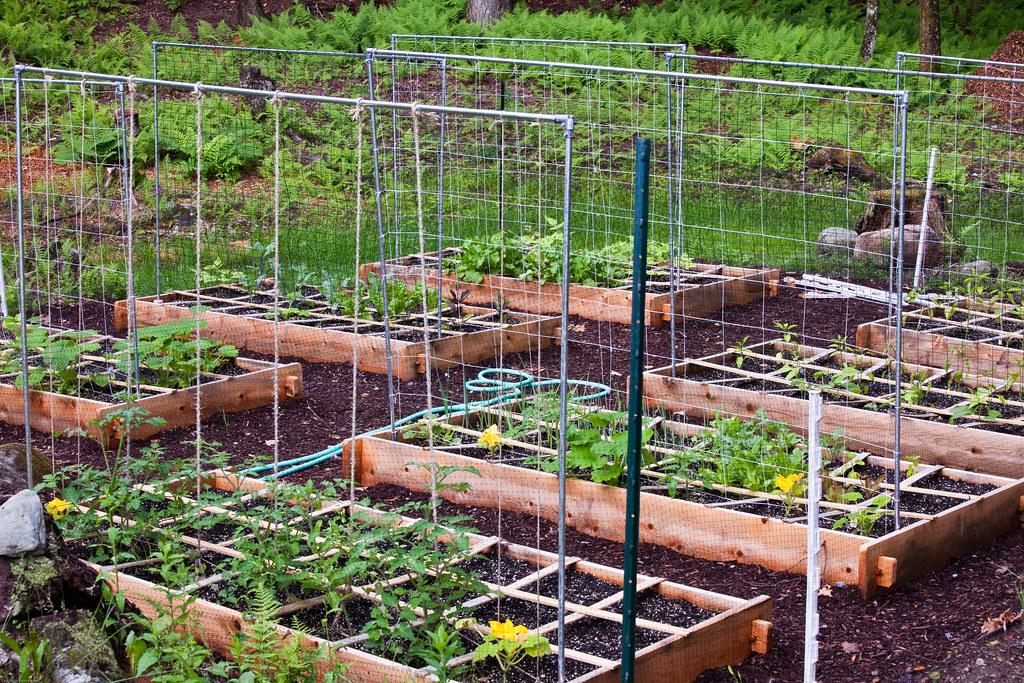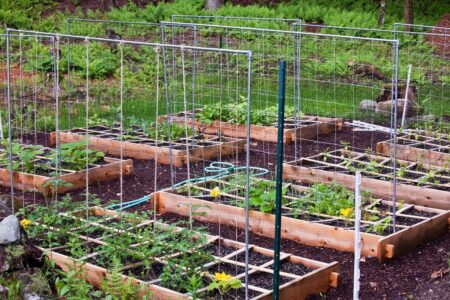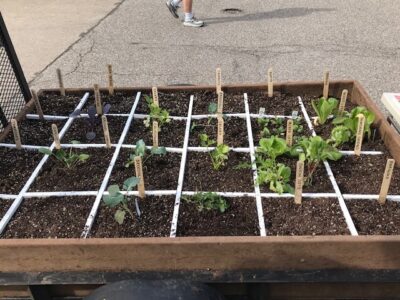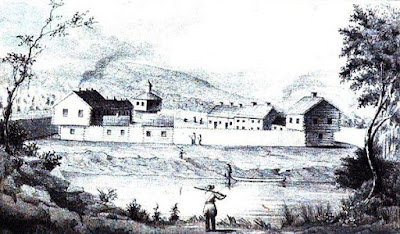Square-foot gardening maximizes production in minimal space
- The premise of square foot gardening is to maximize crop production by planting in one-foot squares rather than in rows. (Photo provided)
- A mobile square foot gardening demonstration trailer can be viewed at the Ohio State University Master Gardener Booth at the River City Farmers Market. (Photo provided)

The premise of square foot gardening is to maximize crop production by planting in one-foot squares rather than in rows. (Photo provided)
Square foot gardening is a way for beginning gardeners to learn while maximizing crop production in less space.
Mel Bartholomew, an engineer and avid gardener, popularized the idea of square foot gardening. His first book was published in 1981, and he hosted a PBS show entitled “Square Foot Gardening” for six years in the 1980s. The third edition of his book, “All New Square Foot Gardening” was published in 2018, two years after his death.
In a nutshell, the premise of square foot gardening is to maximize crop production by planting in one-foot squares rather than in rows which takes 80% less space than typical gardening.
Square foot gardens may be designed as raised beds or planting boxes on the ground. Often, the boxes are 4 feet by 4 feet or 3 feet by 3 feet. Boxes may also be rectangular as long as the gardener can reach across the planting box. Therefore, a width of no more than 4 feet is recommended. If the garden is laid out on the ground, aisles of about 3 feet between the boxes allow for avoiding compacting the soil by walking on the garden bed. An advantage of a raised bed is that those who use a wheelchair may also garden. Finally, a garden location that receives six to eight hours of sunshine near the kitchen is another recommendation.
After selecting the site for the garden, the next step is building the raised bed or ground planting box. Recommendations include using specially treated lumber suitable for food production and labeled for ground contact; this type of lumber is less likely to rot. Two-inch stainless-steel screws can be used for assembling a box with a depth of 6-12 inches. Some gardeners use bricks, concrete blocks or synthetic materials to build a planting box. In addition, a trellis may be attached to the north end of the box for vining or climbing plants that may thrive as vertical plantings.

A mobile square foot gardening demonstration trailer can be viewed at the Ohio State University Master Gardener Booth at the River City Farmers Market. (Photo provided)
Originally Bartholomew described using a soil mixture of equal parts compost, peat moss and pearl vermiculite, although gardeners may also fill planting boxes with 100% compost. The next step is to set a grid of 1-foot squares. For example, a 4-by-4-foot box will have 16 square foot sections while a 3-by-3-foot box will have nine. A grid may be created by using sticks and twine; some gardeners use materials to create a permanent grid in the box. The grid lines mark sections for seed planting and plant placement.
Since growing plants close together maximizes crop production, the growth pattern of the plant will determine how many plants may be grown in a square. Consider the following examples:
1. Plant one potato, broccoli, kale, cabbage or tomato plant in a square.
2. Plant four lettuce, chard, spinach and some herb plants about 6 inches apart in a
square.
3. Plant nine beet, turnip, bean or pea plants about 4 inches apart in a square.
4. Plant sixteen carrots, radishes or onions about 3 inches apart in a square.
Plants like cucumbers can grow vertically on a trellis. For more information about selecting or placing seeds and plants, a quick internet search will reveal many diagrams. In terms of caring for the garden, weeds may be minimized because plants grow together forming a canopy. However, such dense planting may lead to disease development as plants do best with air circulation. Watering plants in the morning and planting onions, garlic, marigolds and nasturtiums to deter pests may be helpful. Succession planting keeps the garden productive throughout the seasons, and rotating crops helps keep soil healthy.
For more information about square foot gardening, please visit the Ohio State University Master Gardener Booth at the River City Farmers Market to ask questions, pick up educational handouts and observe the mobile square foot gardening demonstration trailer.
Mary Marks became an OSU Extension master gardener shortly after moving to Marietta in 2010. Her gardening interests include planting native and perennial plants in her garden while reducing invasive plants on her property.



